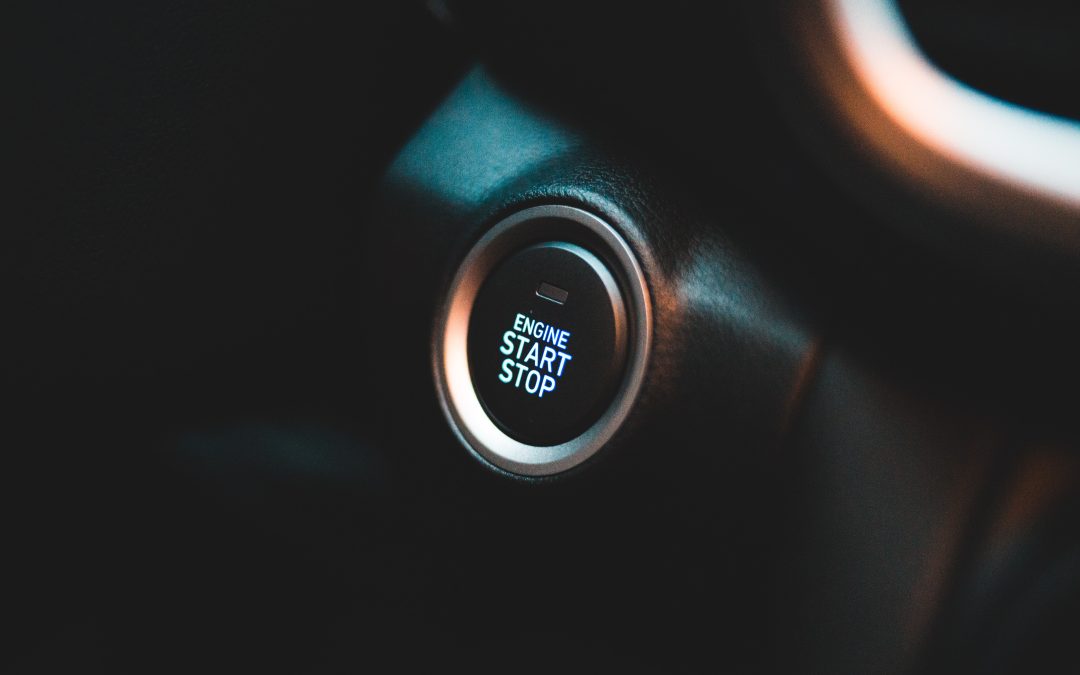Have you ever wondered what’s the real deal with stop-start technology in your car? Does it genuinely save you money on fuel, or is it just another gadget? In this informative article, we’ll peel back the layers of stop-start systems, exploring how they work and what they mean for your wallet. Join us as we demystify this automotive innovation!
The Inside Track on Stop-Start Technology
Imagine a system that can automatically switch off and restart your car’s engine, all in the name of saving you some quid. That’s stop-start technology in action. Its primary aim? To keep your engine from idling needlessly, potentially saving you money on fuel, especially in those dreaded traffic jams.
Why Should You Care About Engine Idling?
You might think idling your engine while waiting in traffic or picking up the kids is harmless. Think again! Idling fills the air with unpleasant exhaust fumes containing gases that can trigger asthma and other lung issues. The Royal College of Physicians even estimates that air pollution, with idling as a key contributor, is responsible for 40,000 UK deaths.
The Mechanics Behind Stop-Start
So, how does this automotive wizardry work? Your car senses when it’s not moving and, with a light tap on the brakes or clutch (for manual vehicles), the engine control unit (ECU) kicks into gear. It cuts fuel and ignition to shut down the engine. When you’re ready to hit the road again, a gentle touch on the brake, clutch, or accelerator wakes the engine up – no buttons or keys necessary. Concerned about the system running non-stop? Most cars allow you to turn it off with a simple button.
Fuel Efficiency: The Bottom Line
The big question on everyone’s mind is whether stop-start systems slurp more fuel. The good news is that research indicates these systems can boost fuel economy by 5% to 7%. While that may not seem like much, it adds up to noticeable savings over your car’s lifetime. So, rest assured, your stop-start engine won’t break the bank.
Putting Engine Fears to Rest
Worried about the wear and tear on your engine due to frequent restarts? Fear not! Stop-start technology only kicks in when your engine has warmed up sufficiently. Even during short stops, the system ensures that lubricants stay at safe temperatures. Manufacturers have engineered engines and components to withstand frequent restarts without sacrificing durability or performance.
Battery Blues? Not Necessarily
Stop-start systems are typically found in cars with modern, robust batteries, and some even use separate batteries for engine restarts. Moreover, your car’s computer checks the battery’s charge level before shutting down the engine. If it deems the charge insufficient for a restart, the engine keeps purring. Your battery’s lifespan is in safe hands.
Reduced Pollution, One Stop at a Time
No matter how you drive, there will always be moments when your car sits idle. With a stop-start system, your car emits fewer emissions during these idle times compared to a conventional vehicle. A study from the Polytechnic University of Madrid showed a 20% reduction in CO2 emissions for cars equipped with stop-start technology. This means cleaner air and fewer trips to the petrol station.
The Bigger Picture
While stop-start technology undoubtedly reduces CO2 emissions, we can’t ignore the larger questions. Are the pollution savings worth the extra parts required for these systems? And what happens when stop-start vehicles reach the end of their road? Unfortunately, we’re still waiting for answers to these questions.
In the grand scheme of things, the rise of stop-start engines is reshaping the way we think about fuel efficiency. As they become more common, you can expect to save more at the pump and reduce idle time. So, the next time your engine takes a pause at a red light, remember – it might just be saving you money without you even realising it!
